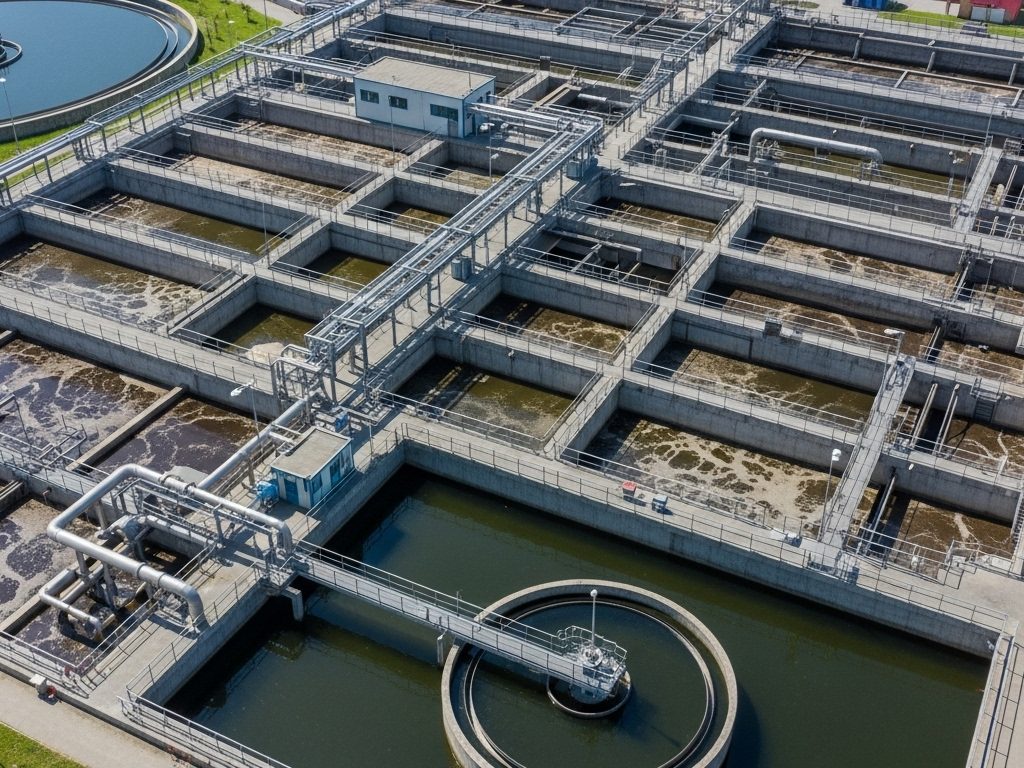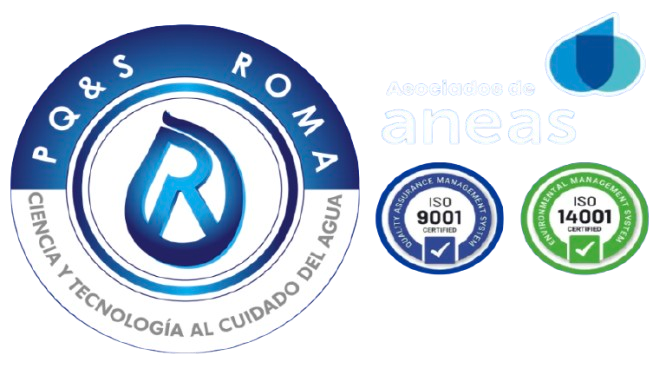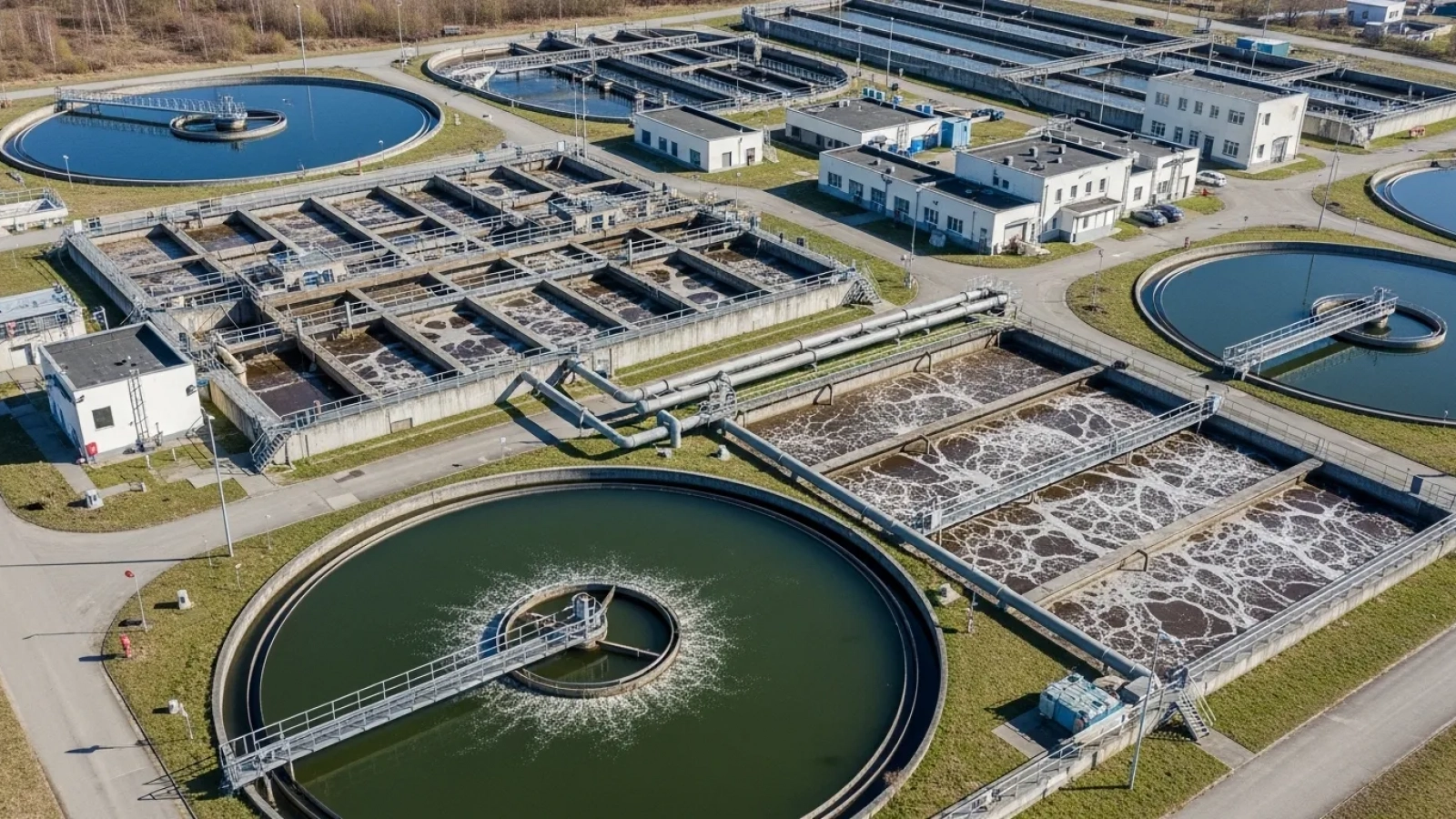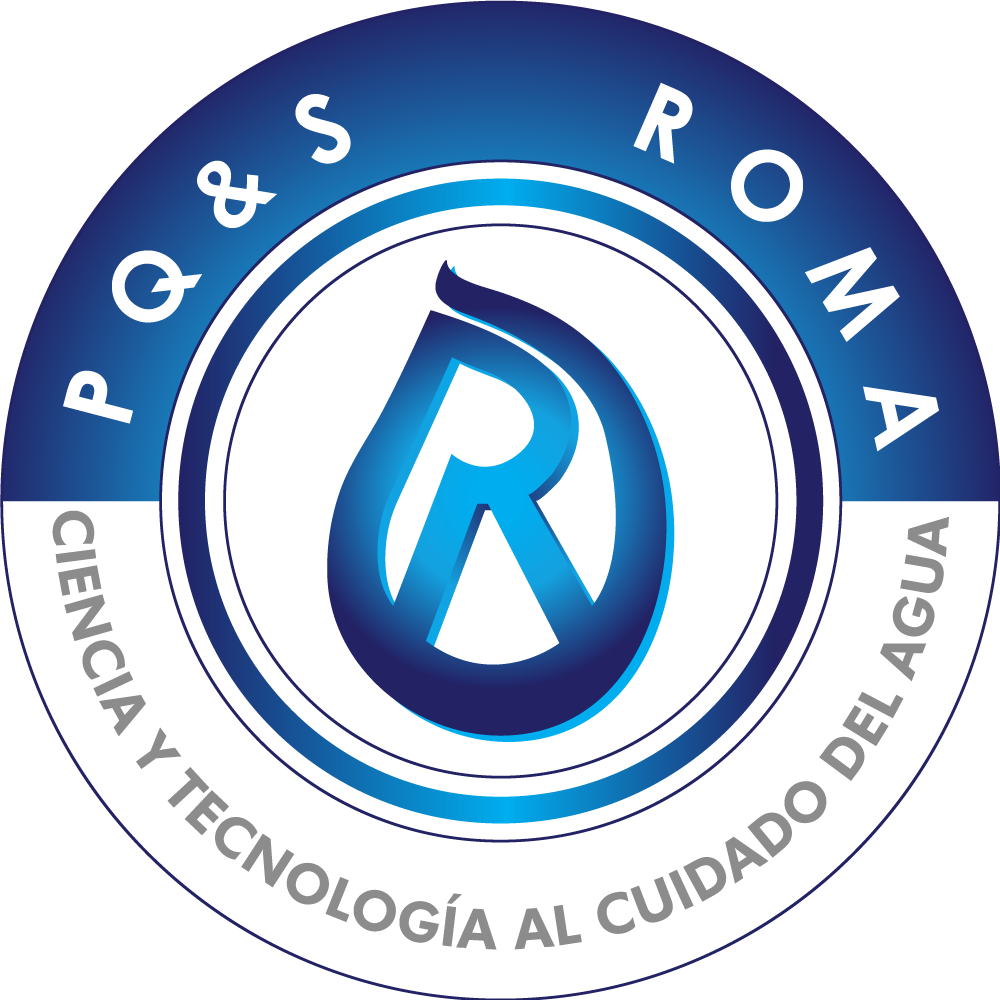The management of industrial wastewater is an increasingly urgent global challenge. With growing environmental awareness and stricter regulations, companies are seeking solutions that not only meet discharge standards but are also sustainable and efficient.
This is where advanced biological treatment emerges as a key pillar. Moving beyond conventional methods, the latest innovations offer a promising approach for the effective removal of organic pollutants and nutrients—transforming the wastewater treatment paradigm.
High-Efficiency Anaerobic Processes: Energy and Purification in One
One of the most prominent trends in biological treatment is the implementation of high-efficiency anaerobic processes. Unlike aerobic treatments, which require oxygen and thus high energy consumption, anaerobic systems operate in its absence.
This not only significantly reduces operational costs but also enables the production of biogas, a renewable energy source.
Technologies such as Upflow Anaerobic Sludge Blanket (UASB) reactors and fluidized bed reactors have proven highly effective in degrading complex organic matter, turning a pollution challenge into an energy-generation opportunity.
Activated Sludge with Granular Biomass: Compact Efficiency
The evolution of activated sludge systems has led to the development of granular biomass technology. Instead of the irregular flocs found in traditional sludge, granular biomass forms dense, compact microbial granules.
This granular structure offers multiple advantages:
- Improved sludge settleability, reducing clarifier size.
- Greater tolerance to variable contaminant loads.
- Higher biomass concentration in the reactor, optimizing the removal of BOD (Biochemical Oxygen Demand) and COD (Chemical Oxygen Demand).
These systems—such as granular Sequential Batch Reactors (SBR)—are particularly suitable for limited spaces and variable industrial wastewater flows.
Bioaugmentation: Enhancing the Natural Treatment Capacity
Bioaugmentation represents an innovative strategy to enhance the efficiency of existing biological treatment systems. It involves the introduction of specific microbial strains, selected for their ability to degrade certain pollutants, into the treatment process.
This approach is especially useful when the native biomass lacks the metabolic capacity to handle recalcitrant contaminants or when accelerating nitrification and denitrification (nitrogen and phosphorus removal) is required.
Bioaugmentation not only improves contaminant removal performance but also helps restore disturbed systems and optimize operations under challenging conditions.
Conclusion: The Future of Advanced Biological Treatment
Advanced biological treatment of industrial wastewater is not merely a trend—it is a pressing necessity for a more sustainable future.
The integration of high-efficiency anaerobic processes, granular biomass activated sludge systems, and bioaugmentation provides robust, efficient, and environmentally friendly solutions.
These technologies not only ensure compliance with discharge regulations but also enable resource recovery and reduce the carbon footprint of industrial activities.
Investing in these advanced solutions is, ultimately, an investment in the planet’s health and the long-term viability of industrial operations.






Add a Comment